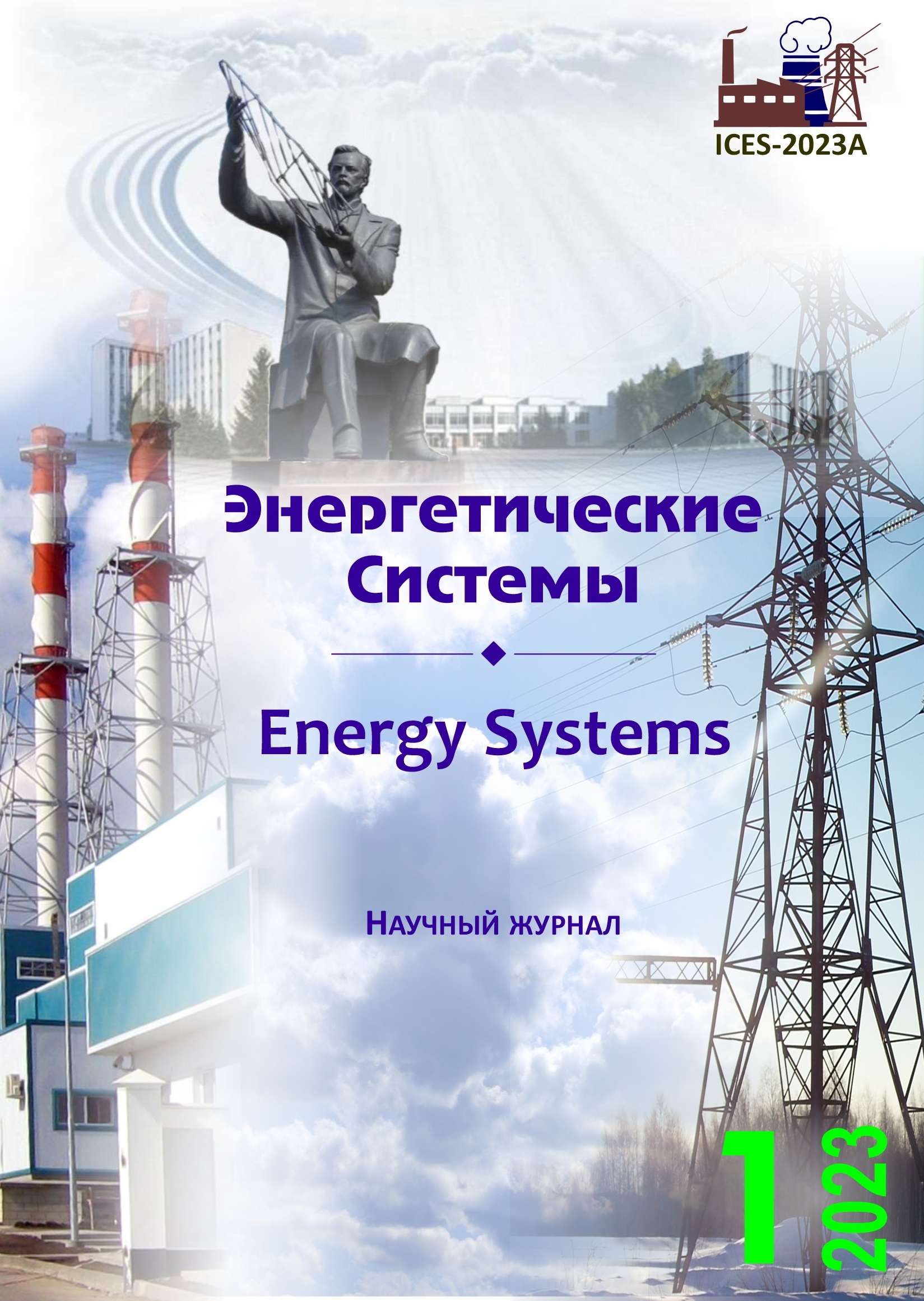Study of the peculiarities of using the normalized thermal load to determine the level of energy efficiency of the boiler unit under specific conditions
Keywords:
boiler unit, efficiency net, efficiency gross, heat load, reduced efficiency, boiler energy efficiencyAbstract
When comparing the efficiency gross of the same units operating under different conditions, or the same unit for different periods of time, often does not take into account that these values are obtained under different conditions. It is well known that the efficiency of the boiler unit depends on the heat load of the boiler. As a rule, the value of efficiency maximum at moderate loads of the boiler unit and then with increasing heat load gradually decreases according to a law close to linear. Thus, it is possible that for a unit with a better technical condition, an efficiency value will be obtained that is lower than that of another unit operating in more favorable conditions. There is also ambiguity in the presentation of the efficiency dependence. boiler unit from heat load. The paper studies the issue of the features of using the normalized heat load to determine the level of energy efficiency of a boiler unit based on the TVG-4r boiler of a small quarterly boiler house. It is shown that a feature of using the reduced efficiency, which is determined depending on the normalized heat load, is that this indicator characterizes not only the actual technical condition of the boiler unit, but also the efficiency of its regulation, taking into account changes outside air temperature.
Metrics
References
ГОСТ
1. Буланин В.А. Алгоритм анализа энергоэффективности источника теплоснабжения // Вестник Белгородского государственного технологического университета им. В.Г. Шухова. 2019. № 9. С. 54-62.
EDN: VZACTJ.
DOI: 10.34031/article_5da452a45dbf30.07663447
2. Четвериков Д.С. Оптимизация работы котельного оборудования // Международная научно-техническая конференция молодых ученых БГТУ им. В.Г. Шухова 30 апреля 2021 года. Белгород: БГТУ им. В.Г. Шухова, 2021. С. 4299-4303.
EDN: LPXMWT
3. Житаренко В.М. Диаграммы оптимального распределения нагрузок между котлами ТЭЦ // Вестник Приазовского государственного технического университета. 2014. № 28. С. 118-123.
URL: http://nbuv.gov.ua/UJRN/vpdty_2014_28_19
4. Варламов В.А. Теплоизоляционные материалы для тепловых трасс в России // Символ науки. 2017. Том 2, № 1, С. 54-56.
EDN: YGWNXL
5. Влияние изменения теплопроводности теплоизоляционных материалов на тепловые потери магистральных трубопроводов / Т.Н. Немова, Ю.А. Лежнева, Н.А. Цветков, Е.Г. Алексеева // Вестник Томского государственного архитектурно-строительного университета. 2016. № 5 (58). С. 151-160.
EDN: WVPYGB
6. Ибрагимов Е.С., Гальтяев Е.В. Повышение эффективности и надежности работы котлов электростанций // Вестник Южно-Уральского государственного университета. 2019. Том 19, № 2. С. 31-38.
EDN: GHPGUZ.
DOI: 10.14529/power190204
7. Донецк. История погоды. [Сайт]: Meteostat. URL: https://meteostat.net/ru/place/ua/ donetsk?s=34519&t=2019-10-15/2020-04-15 (дата обращения: 19.06.2023).
APA
1. Bulanin, V. A. (2019). Algoritm analiza energoeffektivnosti istochnika teplosnabzheniya [Algorithm for analyzing the energy efficiency of a heat supply source]. Vestnik Belgorodskogo gosudarstvennogo tekhnologicheskogo universiteta im. V.G. Shuhova, 9, 54-62. https://doi.org/10.34031/article_5da452a45dbf30.07663447 [In Russian]
2. Chetverikov, D. S. (2021). Optimizaciya raboty kotel'nogo oborudovaniya [Optimization of the operation of boiler equipment] In Proc. of the “International Scientific and Technical Conference of Young Scientists of BSTU. V.G. Shukhova” (pp. 4299-4303). BSTU named after V.G. Shukhov. https://www.elibrary.ru/lpxmwt [In Russian]
3. Zhitarenko, V. M. (2014). Diagrammy optimal'nogo raspredeleniya nagruzok mezhdu kotlami TEC [Diagrams of the optimal distribution of loads between the boilers of the thermal power plant]. Vestnik Priazovskogo gosudarstvennogo tekhnicheskogo universiteta, 28, 118-123. http://nbuv.gov.ua/UJRN/vpdty_2014_28_19 [In Russian]
4. Varlamov, V. A. (2017). Teploizolyacionnye materialy dlya teplovyh trass v Rossii [Heat-insulating materials for thermal routes in Russia]. Symbol of Science, 2(1) , 54-56. https://os-russia.com/SBORNIKI/SN-2017-02-1.pdf [In Russian]
5. Nemova, T. N., Lezhneva, Yu. A., Tsvetkov, N. A., & Alekseeva, E.G. (2016). Vliyanie izmeneniya teploprovodnosti teploizolyacionnyh materialov na teplovye poteri magistral'nyh truboprovodov [Influence of changes in the thermal conductivity of heat-insulating materials on the heat losses of main pipelines]. Vestnik Tomskogo gosudarstvennogo arhitekturno-stroitel'nogo universiteta, 5(58) , 151-160. https://vestnik.tsuab.ru/jour/article/view/231 [In Russian]
6. Ibragimov, E. S., & Galtyaev, E. V. (2019). Povyshenie effektivnosti i nadezhnosti raboty kotlov elektrostancij [Improving the efficiency and reliability of power plant boilers]. Vestnik YUzhno-Ural'skogo gosudarstvennogo universiteta, 19(2) , 31-38. https://vestnik.susu.ru/power/article/ view/8959 [In Russian]
7. Meteostat (n.d.). Donetsk Istoriya pogody. Meteostat [Donetsk Weather history. Meteostat] . Retrieved June 19, 2023 from https://meteostat.net/ru/place/ua/donetsk?s=34519&t=2019-10-15/2020-04-15. [In Russian]
Downloads
Published
How to Cite
Issue
Section
Categories
URN
License
Copyright (c) 2023 A.B. Biryukov , P.A. Gnitiev

This work is licensed under a Creative Commons Attribution-NonCommercial-NoDerivatives 4.0 International License.


